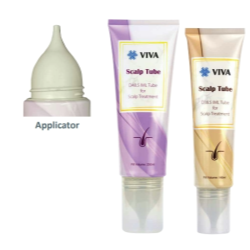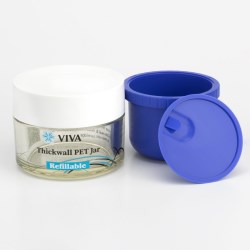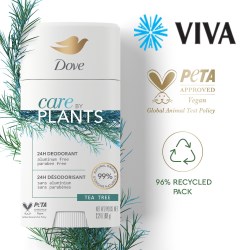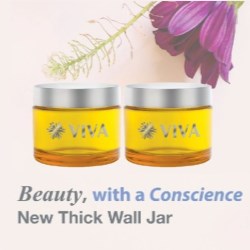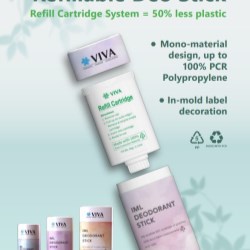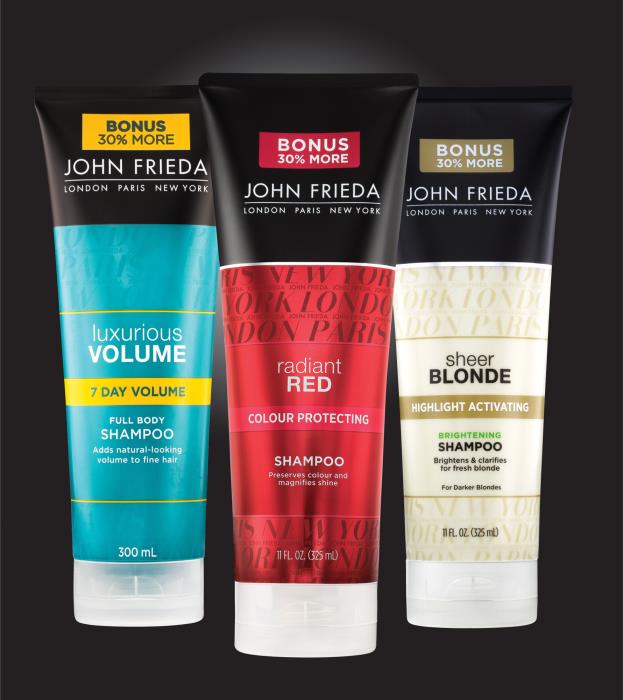

When talking about high definition, premium tubes, the name Viva is one that constantly comes up. Viva's IML tubes regularly win some of the top awards in the tube industry and are chosen by some of the top brands in the personal care industry. Bruno Lebeault talks to Webpackaging about how the Viva IML Tube has branded itself as a unique technical and graphical proposition, essential for commanding, global brands that want to differentiate themselves through the finest quality shelf impact until the tube is depleted of product.
What products does Viva offer?
We manufacture injection molded tubes with in-mold labels. It is in fact a brand new technology that we started about 5 years ago. These are plastic tubes, but they are made with a revolutionary technology.
The tubes can be used for any product that can use a squeeze collapsible tube. Mainly the market is personal care products; haircare is probably the number one application, and skin care. That's probably 90% of the market. And it's starting to grow in other areas like food and industrial, you can see herbal pastes, or mayonnaise, in a tube. Likewise, car finishing products, creams, pastes, lubricants, anything like that can also be in a tube.
How do Viva's 3 locations benefit customers?
Having 3 locations is something that is getting to be a great asset for customers, especially for global brands. We have 3 plants - one in North America, in Toronto where I'm based, one in Europe which is in Poland and one in Hong Kong - so that's how we cover the 3 main continents.
Global corporations who have powerhouse international brands want consistency across their brands whether North America or Europe and being able to offer the same tube specification with the same consistency on the printing and having these 3 plants with the same technology and the same equipment is something that only Viva is able to offer.
As Marketing Director for North America, what does your job entail?
My main job is to help brands differentiate themselves with their tubes. Competition is tougher and tougher and being able to have better graphics is something that brands are always looking for. Showing brands what they can achieve with our technology - which is better shelf impact at the end of the day - that is what brands want, and our technology can most certainly help them and that is why they are turning more and more to Viva. The fact that we are global is helping and I am spending more and more time on international projects.
The other big part of my job is to constantly anticipate brands needs and to be at the forefront of innovation. This is achieved by working very closely with our R&D and working on the solutions that brands are expecting before they even ask for it. That is what Viva stands for: driving the innovation in the tube market at the speed of light. Our family structure with very short decision making process is key in our growth.
As well as that there are a lot of other different things, such as marketing activities like packaging trade shows. We've just had LuxePack in New York last month and we're going to Cosmoprof in Las Vegas next month.
What type of customers do you typically work with?
Most brands in the beauty arena and now we are seeing growth in food and industrial markets. It's important to mention too, that many brands are outsourcing the filling of their tubes to contract fillers. These too are very important customers that we service and address because they have a big say in the supply chain. Having a technology that is more efficient, more productive and more sustainable has a big impact on their decision making for brand.
Which brands do you work with?
For example, brands like John Frieda, Clearasil, Henkel, LVMH, Mentholatum, Oxy — as well as strong creative and green brands like Pacifica and Desert Essence who have found the perfect fit with Viva impacting graphics with a very sustainable tube packaging (up to 35% less energy to produce and 100% recyclable with closed loop initiatives initiated with retail).
John Frieda is growing with us and taking our technology globally as we are able to offer them consistency in North America, Europe and in Asia with local production in each region. One of the big drivers for them was to get better graphics.
Something that was especially important for them was how the tube feels in the hand and looks on the shelf. Our tube technology is different. Usually tubes are made from Polyethylene. Our tubes are made from Polypropylene so the tubes are a little more rigid letting them bounce back to their original shape rather than wrinkling or deforming. During the entire tubes' shelf-life, the tube's graphics will remain the same, from day one until the tube is empty.
How are Viva's PP tubes an environmentally friendly option?
It's a combination of different factors. First of all, the process is simpler than any other tube technology. Traditionally, tubes are manufactured as the tube and the shoulder separately and then you weld them together. And, the cap has to be sourced separately from outside.
In our technology, there is only one step. The sleeve, the shoulder and the decoration is done in one step (by injection molding with IML), and we do everything in house under one roof. We don't have to source caps separately. Every component is molded, printed and assembled in the same plant and we don't have to worry about supply chain and logistics of the caps which can have a big impact.
When you do a life-cycle analysis (LCA) of the Viva Tube, taking into account resin sourcing, how much energy is spent to produce a tube with machinery, all the way to the finished tube, results show that the Viva injection molded tube with in-mold label on average save up to 35% energy to produce compared to any other technology.
This is a huge, huge plus and something that is growing as all retailers are asking their suppliers what they are doing in terms of sustainability and when they are able to say "well, for my tubes, I've switched and now I'm using up to 35% less energy", that's a huge benefit.
Secondly, the tube is made out of one single resin which is Polypropylene, No 5 which means that once the tube is empty at the end of its life you can recycle it without having to separate anything. A traditional tube is made out of different resins, the cap, tube, shoulder can be different resins and then there can be the label too which can often be nearly impossible to take off, so you've got to separate everything out to be able to recycle it properly.
When you have a tube which is all the same resin, it is easy to recycle. The organization of the recycling of the tubes at the end of their life is something that we are starting to do and put in place with some retailers here in North America.
The Viva Tube uses IML. How does it create such clear artwork?
IML is printed flat so that enables us to print almost any type of graphic on our state of the art printing press which can print anything. It can print flexo, offset, silk screen, cold foil, hot stamp — you name it! — and you can combine options! This is a hybrid printing press so you can combine these options and achieve the most striking graphics on the in-mold label and we go even further because when you print some very elaborate graphics onto an IML what is important is to protect these nice graphics because your tube is going to be filled and then pass through logistics and may even finish up its life in a purse or handbag, so it's important that the tube be resistant so that the graphics stay like new.
So what we do is "overlam" which is like adding a protective plastic film on top of the printing. That way it really protects the graphics and for brands that is one of the really important features of the Viva tubes. This "scuff resistance" is extremely important especially when you get to really elaborate graphics when you add metallic effects or holographic effects, as we really have expertise in those effects, which is great, but it is so important to protect those effects.
We are considered the specialists in these 2 effects. When you have a tube with these backgrounds there are lot of sensitive areas, for example the crimp area of the tube is an area that has traditionally been left blank. In our technology, you can have your graphic go all the way over the tube. You don't have to have that white part where the crimp is. The printing surface can be optimized and the graphic is protected. Metallic or holographic backgrounds would crack if they went up to the crimp, but what we have managed to do with the in-mold label and the overlam, we've given elasticity to this area, so it can be crimped without being damaged. The same between the tube and the cap, there is usually a 2-3mm gap. Our tubes don't have that. IML really allows you to take advantage of the full area of the tube.
The company has won a great many awards in the last few years. Which do you consider the most important?
All awards are important, but I would pick 2 awards in particular that are special. The first is the first award that Viva ever won. Viva's technology started 5 years ago and right in the first year, the first tube that we launched and presented in a competition, won an award. So because this was the very beginning, this is really important and has its place there in our hearts. And last year we got our first WorldStar Award and that is the ultimate - a WorldStar Packaging Award. And this year, we've won our second WorldStar, so really that's three, our first award and getting our WorldStar awards.
What is Viva's secret to winning so many product awards for its tubes?
There is no secret. The Viva Tube speaks for itself.
For awards, the main criteria, is the graphics. Graphics is the number one strength and benefit of our technology and people love the graphics. When you see the graphics and how it shines and covers the whole tube and the overlam gives an extra shine and at the end it is shelf impact and that is why the brands come to us, because they want shelf impact.
The graphics speak for themselves. They grab attention. They grab the attention of the consumer, the same way they grab the attention of the judges. At the end of the day the judges are tube users themselves, for their own brands, so they know what works.



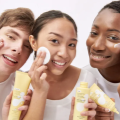
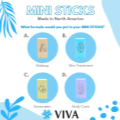
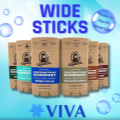
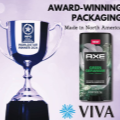
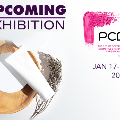
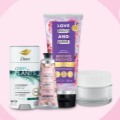
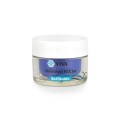

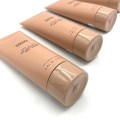
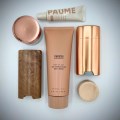
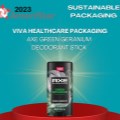
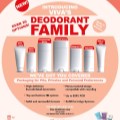
.jpg)
.png)
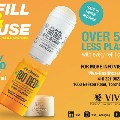
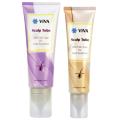
.jpg)
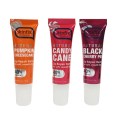
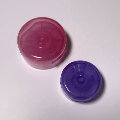
.jpg)
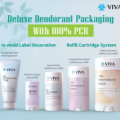
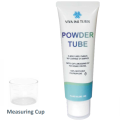

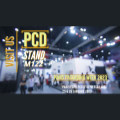
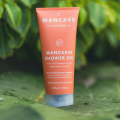
.jpg)
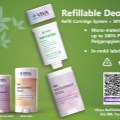
.jpg)
.jpg)
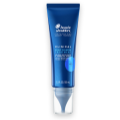
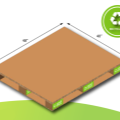
.jpg)

.jpg)
.png)

